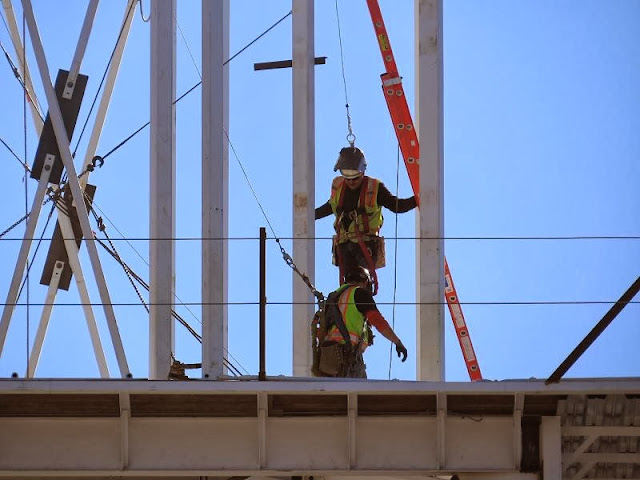| Elder Newitt, a professor of construction management at BYU for forty years before his retirement, has become an expert on the history of the tabernacle. During the fifteen years between the groundbreaking of the tabernacle in 1883 and its dedication in 1898, the members of the Church in the Provo Stake were not only sacrificing to build this tabernacle, but they were also funding other buildings in Provo, plus the Salt Lake Temple. In addition, they were building their own homes, planting their own farms and raising large families. The effort they put forth to construct this beautiful building was expended at great sacrifice. |
































































